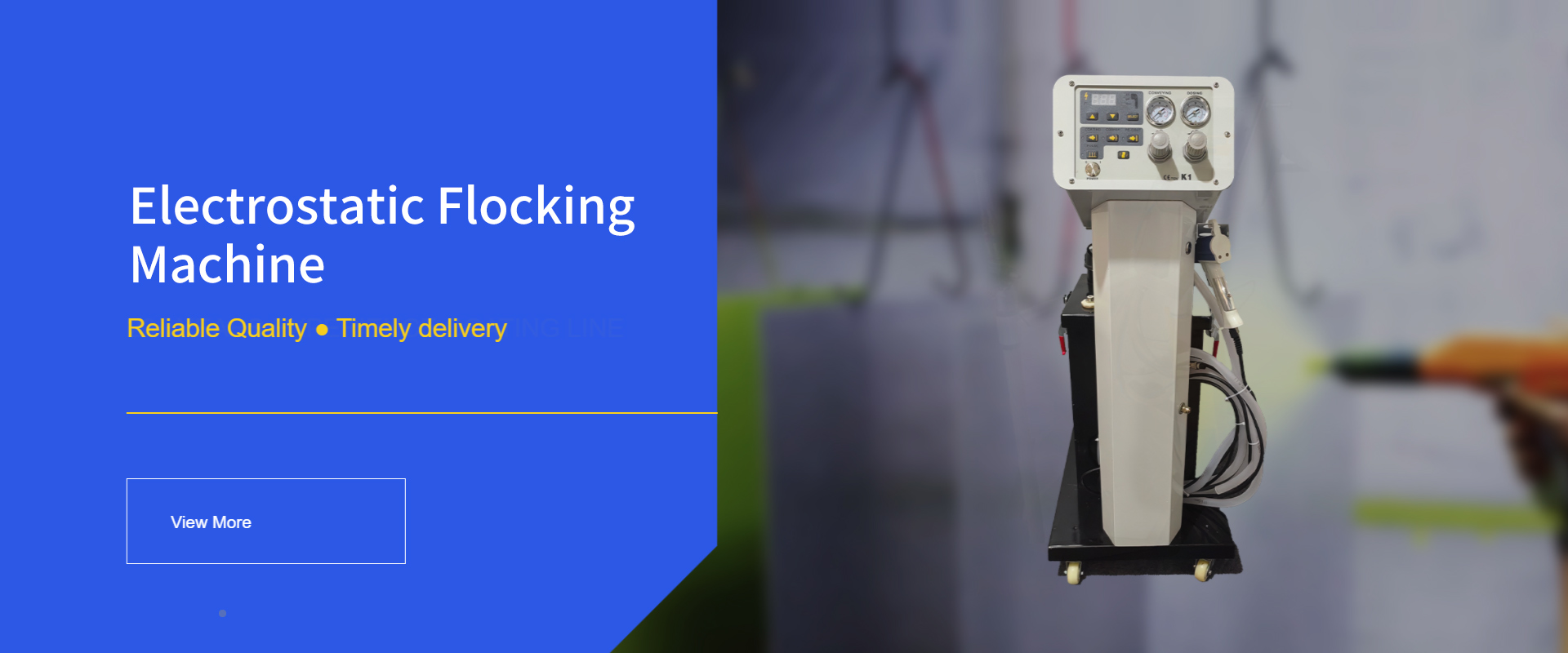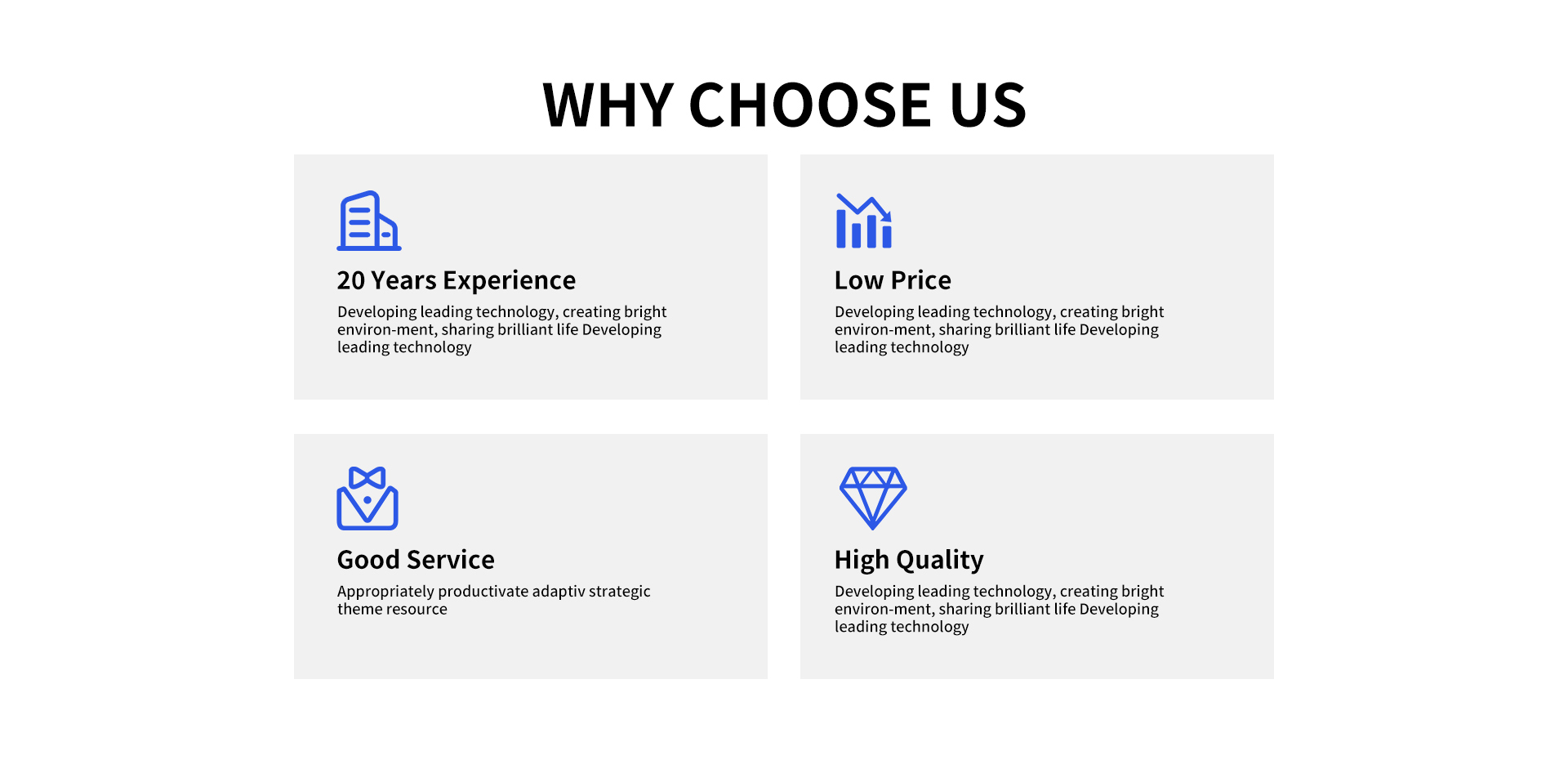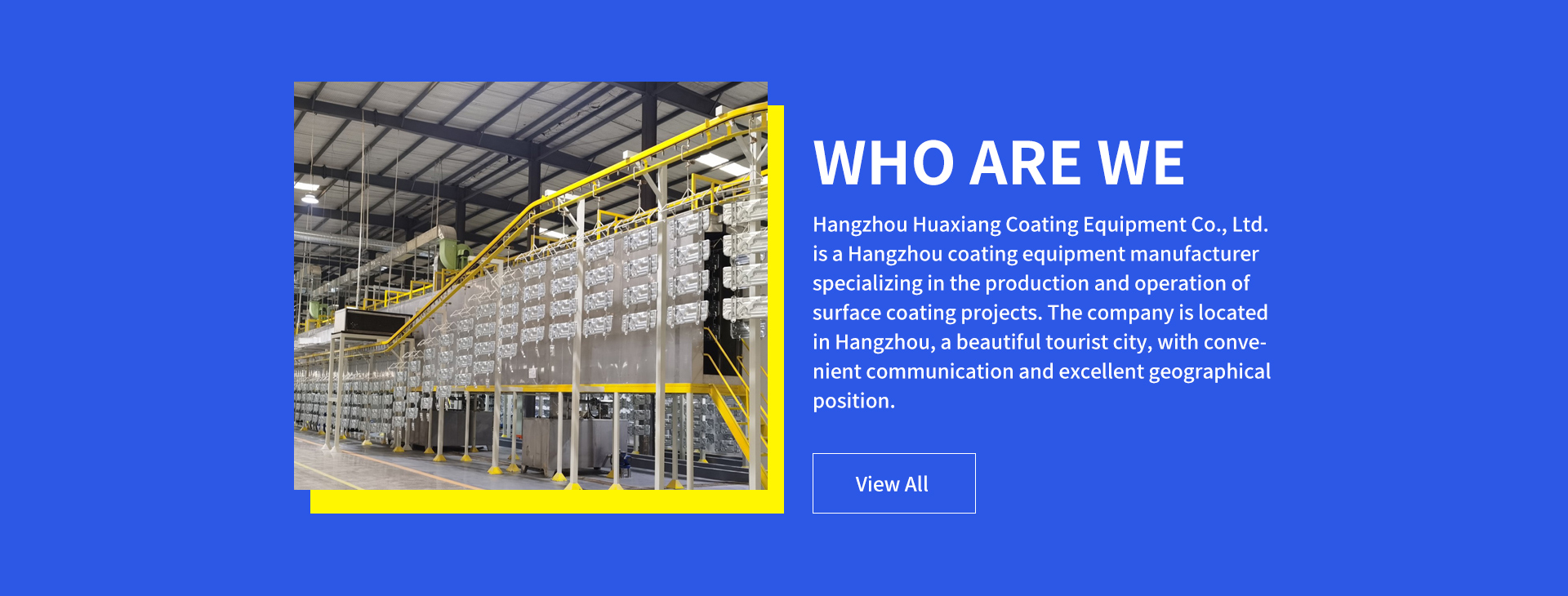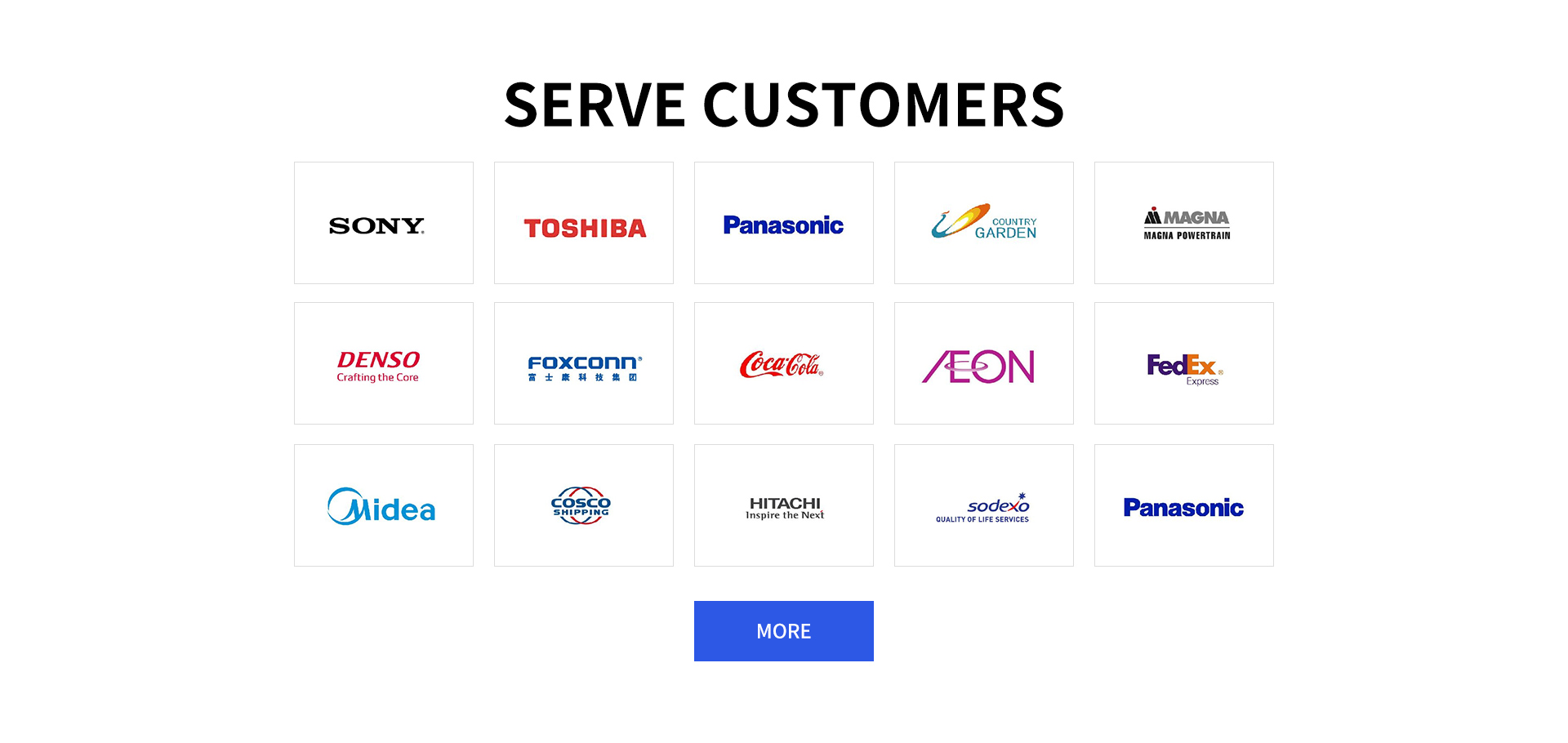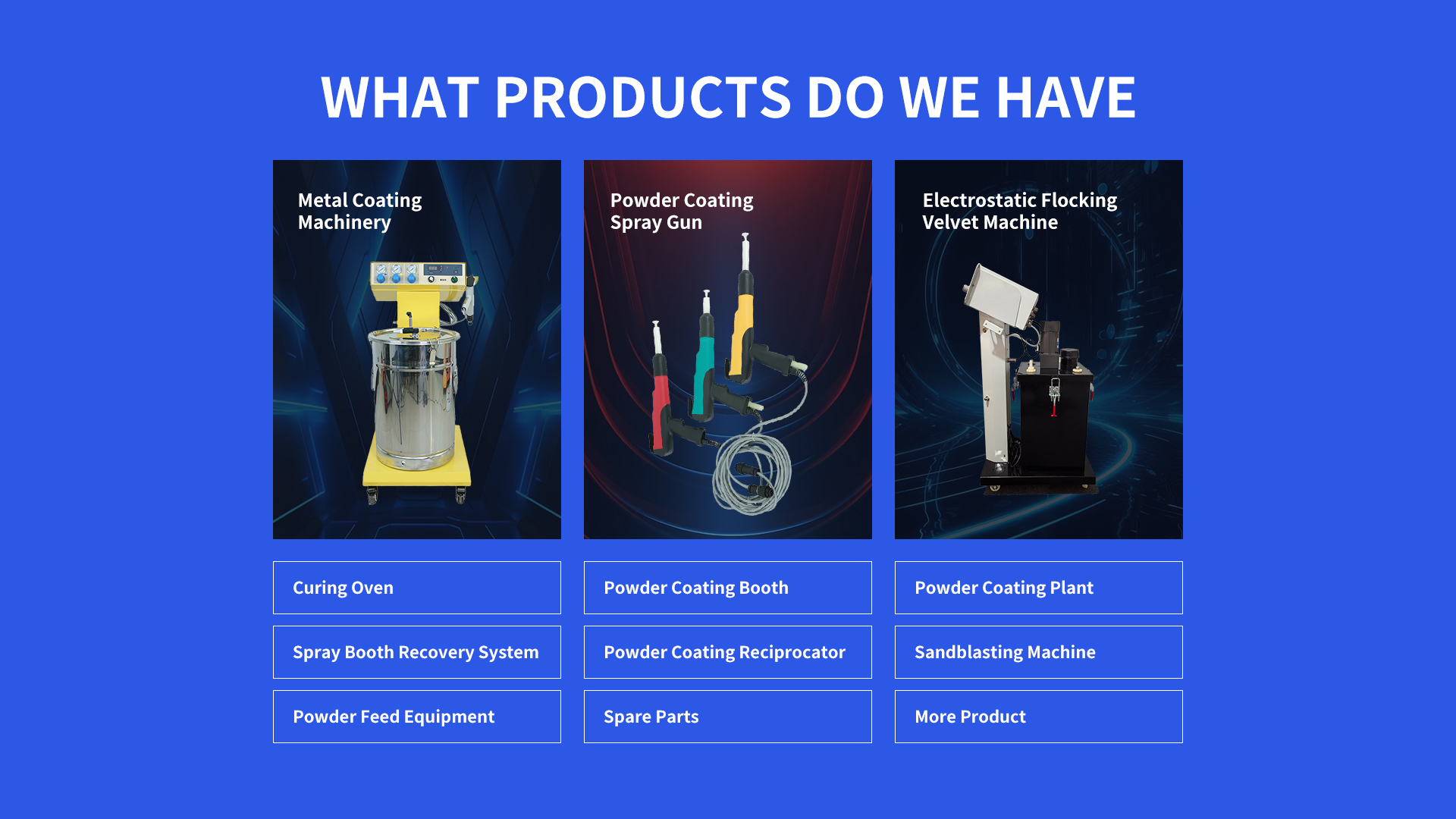OEM Automatic Spray Painting Equipment: A Comprehensive Guide
The market for OEM Automatic Spray Painting Equipment has diverse applications across various industries. It is highly sought after in automotive manufacturing for painting car bodies and parts, in furniture production for finishing wooden pieces, and in electronics for coating components. The price of such equipment can vary significantly depending on factors like size, complexity, and the level of automation. Small - scale, semi - automatic models may start at a few thousand dollars, while large - scale, fully - automated industrial systems can cost hundreds of thousands of dollars.
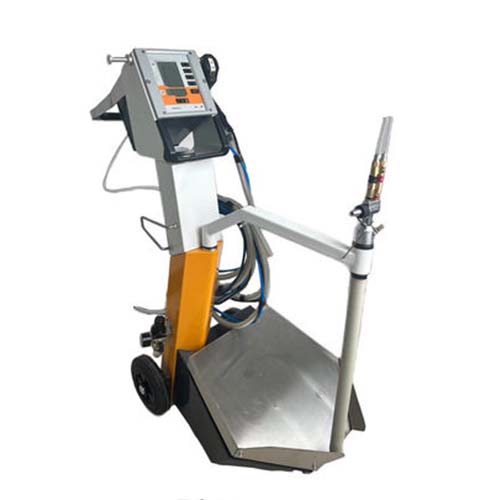
OEM Automatic Spray Painting Equipment is widely used in a multitude of coating projects. In the automotive industry, it is crucial for applying primer, base coat, and clear coat on car bodies. The equipment ensures a smooth and even finish, enhancing the aesthetic appeal and protecting the vehicle from corrosion. For example, luxury car manufacturers rely on high - precision OEM spray painting equipment to achieve a flawless, high - gloss finish on their vehicles. In the furniture industry, these machines are used to apply lacquers, stains, and paints to wooden furniture, providing durability and an attractive appearance. Whether it's a small - scale furniture workshop or a large - scale production facility, the right OEM spray painting equipment can significantly improve the quality and efficiency of the coating process.
OEM Automatic Spray Painting Equipment incorporates advanced surface treatment process technologies. One common technique is electrostatic spraying. In this method, the paint particles are charged, and the object to be painted is grounded. This causes the paint particles to be attracted to the object, resulting in a more even and efficient coating. It reduces paint waste as the charged particles are more likely to adhere to the target surface. Another technology is air - assisted airless spraying. This combines the benefits of air - spraying and airless spraying. Air is used to atomize the paint, while a high - pressure pump forces the paint through a nozzle. This process allows for better control over the spray pattern and is suitable for a wide range of paint viscosities. The equipment also often has features like adjustable spray pressure, flow rate, and spray angle, enabling operators to customize the coating process according to the specific requirements of the project.
OEM Automatic Spray Painting Equipment is a system designed to automate the process of applying paint to various objects. It consists of multiple components working together to ensure a consistent and high - quality paint application. This equipment is often customized according to the client's needs, whether it's for a specific industry or a particular product. It can be programmed to follow complex spraying patterns, making it suitable for objects with irregular shapes. Unlike manual spray painting, which is more time - consuming and may result in inconsistent finishes, OEM automatic spray painting equipment offers precision and efficiency. It can work continuously for long periods, increasing productivity in industrial settings.
Spray Nozzles: These are the key components that dispense the paint. Different types of nozzles are available, such as flat - fan nozzles for broad, even coatings and round nozzles for more concentrated spraying. The nozzle size and shape determine the spray pattern and the amount of paint applied per unit area. For example, a small - sized nozzle is suitable for detailed work, while a larger one is better for covering large surfaces quickly.
Paint Pump: The paint pump is responsible for delivering the paint from the paint supply to the spray nozzles. It maintains a consistent pressure to ensure a steady flow of paint. There are different types of pumps, including diaphragm pumps and piston pumps. Diaphragm pumps are often preferred for their ability to handle a variety of paint viscosities and their self - priming capabilities.
Control System: The control system is the brain of the OEM automatic spray painting equipment. It allows operators to set parameters such as spray time, spray pressure, and the sequence of spraying. Modern control systems are often computer - based and can be programmed to execute complex spraying patterns. Some control systems also have built - in sensors to monitor the paint flow and pressure, ensuring optimal performance and making real - time adjustments if necessary.
OEM Automatic Spray Painting Equipment offers several advantages. Firstly, it provides high - quality and consistent finishes. The automated process ensures that the same amount of paint is applied evenly across the surface, reducing the chances of drips, runs, or uneven coatings. This is especially important in industries where aesthetics and quality are crucial, such as automotive and luxury goods manufacturing. Secondly, it significantly increases productivity. The equipment can work continuously at a faster pace than manual labor, allowing for higher production volumes in a shorter time. Thirdly, it reduces paint waste. Precise control over the paint flow and spray pattern means that less paint is used overall, which is not only cost - effective but also more environmentally friendly. Additionally, it can be used in hazardous environments where manual spraying may pose risks to workers, as the equipment can be operated remotely.
How to Choose the Right OEM Automatic Spray Painting Equipment for Your Business?
Consider the type of products you will be painting. If you are dealing with small, intricate parts, you may need equipment with a high level of precision, such as one with small - sized spray nozzles and a sophisticated control system. For large - scale, simple - shaped products, a more high - volume, less - precise (but still accurate) system might be suitable.
Evaluate your production volume requirements. If you have a high - volume production line, you need equipment that can operate continuously and efficiently. Look for models with a high - capacity paint pump and a fast - cycling control system.
Think about the type of paint you will be using. Different paints have different viscosities and spraying requirements. Make sure the equipment you choose can handle the specific paint you plan to use. For example, some paints may require a higher - pressure pump for proper atomization.
How to Operate OEM Automatic Spray Painting Equipment Safely?
Always wear appropriate personal protective equipment (PPE), including safety goggles, respirators, and protective clothing. The paint fumes can be harmful if inhaled, and splashing paint can cause eye and skin irritation.
Follow the manufacturer's instructions for equipment setup and operation carefully. This includes proper grounding of the equipment to prevent electrostatic discharge, which could cause a fire or explosion in the presence of paint fumes.
Ensure proper ventilation in the spraying area. Good ventilation helps to remove paint fumes and reduces the risk of a build - up of flammable vapors. Install exhaust fans or use a spray booth with a ventilation system.
Regularly maintain the equipment. Check for leaks in the paint lines, clean the spray nozzles regularly to prevent clogging, and inspect the electrical components for any signs of wear or damage. Faulty equipment can pose safety risks.
How to Maintain OEM Automatic Spray Painting Equipment?
Clean the equipment after each use. Use a suitable solvent to clean the spray nozzles, paint lines, and other components to prevent paint build - up. Clogged nozzles can affect the spray pattern and the quality of the coating.
Lubricate moving parts regularly. This includes the pump mechanisms and any mechanical linkages. Proper lubrication reduces wear and tear and extends the lifespan of the equipment.
Check and replace filters as recommended by the manufacturer. Filters are used to remove impurities from the paint, and a clogged filter can affect the paint flow and the performance of the equipment.
Inspect the electrical system for any loose wires, damaged insulation, or signs of overheating. Electrical problems can cause the equipment to malfunction or pose a safety hazard.
How to Optimize the Performance of OEM Automatic Spray Painting Equipment?
Adjust the spray parameters according to the paint type and the surface being painted. This includes adjusting the spray pressure, flow rate, and spray angle. Experiment with different settings to find the optimal combination for the best finish.
Use high - quality paint. Low - quality paint may not spray evenly or may cause clogs in the equipment. High - quality paints are formulated to work well with automatic spray painting equipment and can result in a better finish.
Keep the equipment clean and well - maintained. As mentioned before, a clean and well - maintained machine will perform better. Regular maintenance helps to ensure that all components are working properly and that there are no issues that could affect the spraying process.
How to Troubleshoot Common Issues with OEM Automatic Spray Painting Equipment?
If the paint is not spraying evenly, check the spray nozzles for clogs. Clean or replace the nozzles if necessary. Also, check the paint flow rate and pressure settings. Incorrect settings can cause uneven spraying.
If there are leaks in the paint lines, inspect the hoses and connections. Tighten any loose connections or replace damaged hoses. Leaks can waste paint and affect the performance of the equipment.
If the equipment is not powering on, check the electrical connections and the power source. Make sure the equipment is properly plugged in and that there are no blown fuses or tripped circuit breakers. If the problem persists, it may be an issue with the electrical components of the equipment, and you may need to contact a technician.
In conclusion, OEM Automatic Spray Painting Equipment is a versatile and essential tool in many industries. Understanding its various aspects, from its components and applications to its operation, maintenance, and troubleshooting, can help businesses make the most of this equipment and achieve high - quality, efficient painting results.
Statement: Hangzhou Huaxiang Coating Equipment Co., Ltd Chinese Powder Coating Equipment facturers provide you with customized equipment for various types of Powder Coating Lines, Powder Coating Ovens, Powder Coating Booths,Powder Coating Guns, etc. For inquiries! Contact us at
Email: gezx@cncolourspray.com
WhatsApp: +86 13335812068

